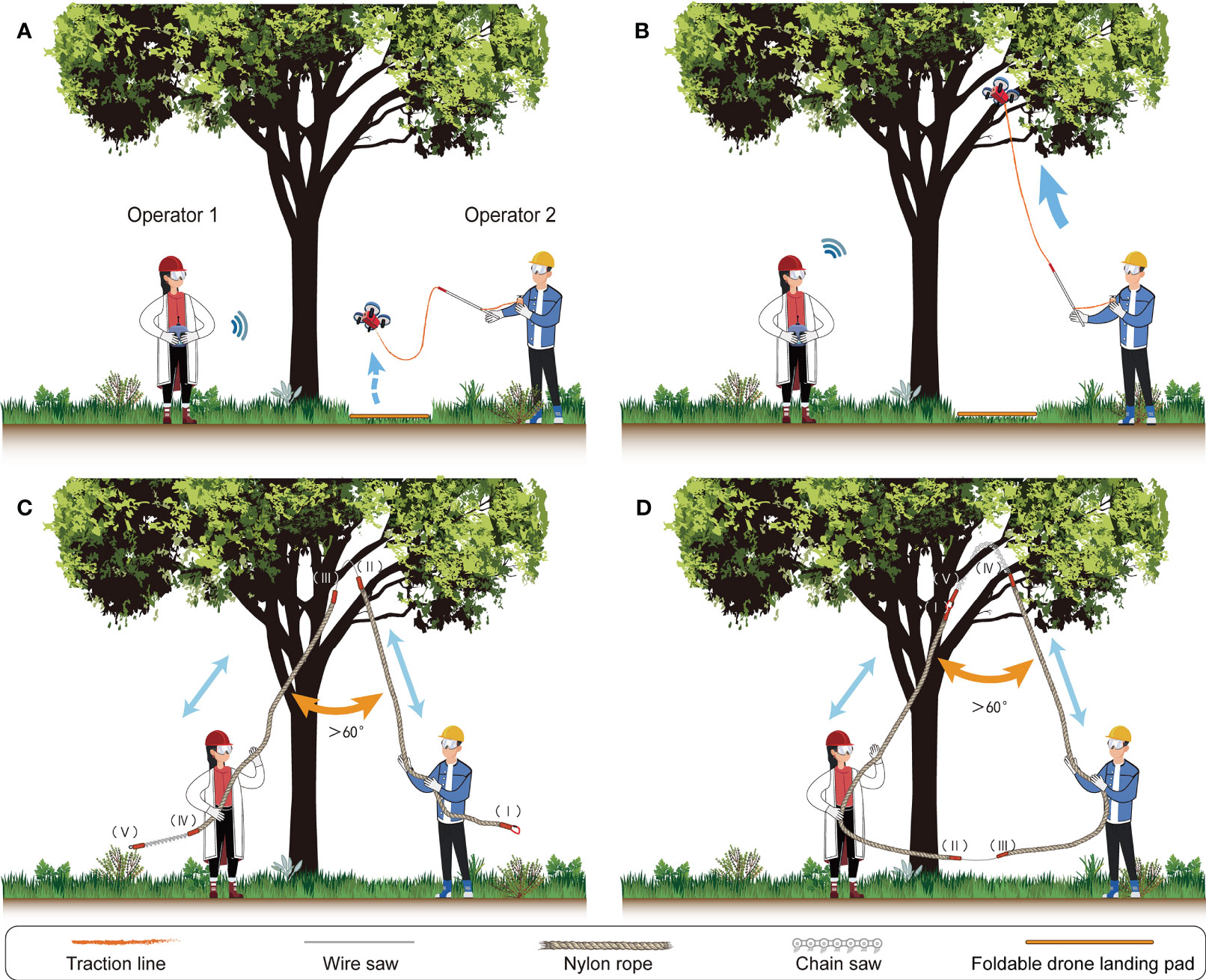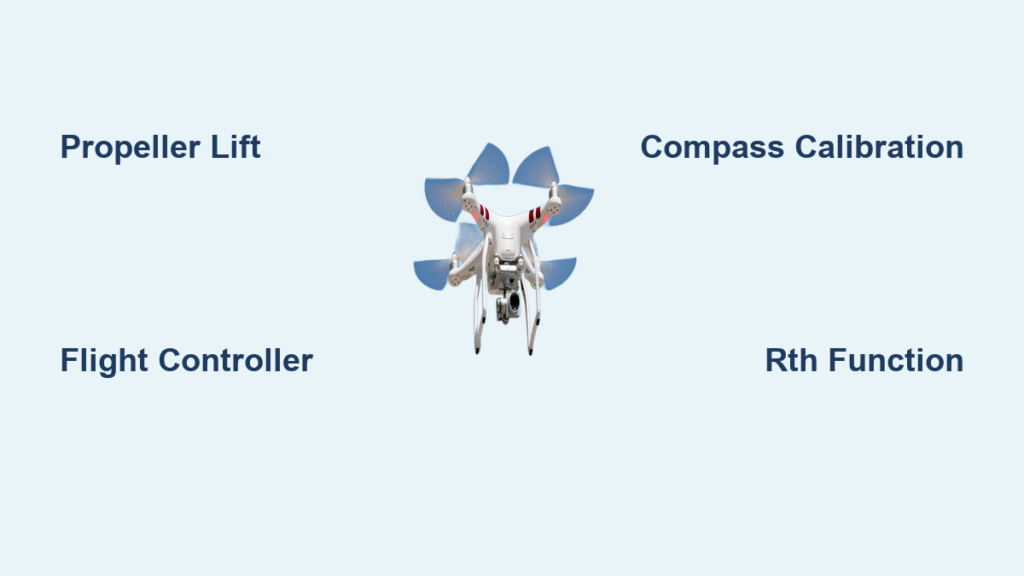Your drone zips upward, clips a branch, and now dangles 30 feet in the air like an expensive Christmas ornament. Before panic sets in, take a breath—most tree retrievals succeed with the right approach and basic household items. This guide delivers proven techniques that balance speed, safety, and your drone’s survival chances. Whether your quadcopter rests in low-hanging maple branches or dangles from a pine’s crown, you’ll learn exactly which method fits your situation, what tools you need, and when to call professionals instead of risking injury. Stop searching “how to get a drone out of a tree” endlessly—your solution starts here.
Quick Assessment Checklist
First 60 seconds determine your strategy. Use your drone’s live camera feed to confirm if it’s truly stuck or merely perched. Check for tangled propellers—if branches wrap rotors, flying out becomes impossible. Note the tree species: saplings with thin trunks respond well to shaking, while oaks require poles or ladders. Estimate height by comparing nearby objects (e.g., a standard fence is 6 feet tall). Assess branch density—if you see clear flight paths, the fly-out method might work. Crucially, check battery percentage; below 20%? Skip flight attempts entirely to avoid a dead-drone drop. Never skip this step—rushing leads to broken drones or injuries.
Safe Fly-Out Recovery
Only attempt if propellers spin freely, a 3-foot upward path exists, battery shows 25%+, and you maintain visual contact. This method saves time but demands precision. Arm the motors first—listen for smooth, unobstructed spinning sounds. If you hear scraping or grinding, abort immediately. Apply gentle throttle: increase power slowly until the drone lifts slightly off branches. Move horizontally away from the trunk before ascending to avoid re-tangling. Have a spotter ready to catch it if the battery dies mid-flight. Pro tip: If the drone starts falling after clearing branches, max throttle for 2-3 seconds. This “crank maneuver” often provides enough lift for a controlled landing. Never force it—abandon the attempt if resistance occurs after initial lift-off.
Tree Shaking Technique

Best for drones under 20 feet in birches, maples, or young pines with trunks under 12 inches wide. Recruit 2-3 helpers for coordinated force—never attempt alone. Lay mattresses, blankets, or couch cushions below the drone to cushion falls. Check for bird nests or beehives first; disturbing wildlife creates new hazards. Position helpers on opposite sides of the trunk. Use steady push-pull motions: apply consistent force for 5 seconds, pause, then repeat. Watch for drone movement through binoculars—if it slides toward you, stop immediately. Critical warning: Abandon shaking if branches crack or the trunk exceeds 12 inches diameter. This method fails 80% of the time on mature oaks—know when to switch tactics.
Pole Retrieval Methods
DIY Fiberglass Pole (Under $30)
Grab two 10-foot fiberglass garden poles ($12 each) and duct tape. Connect them with a 2-foot overlap, securing joints with fiberglass-rated tape. Wrap the tip in an old t-shirt to prevent scratches. Thread the pole through stable branches for leverage—never force it against thin twigs. Gently hook landing gear or propeller guards; upward nudges work better than poking. Rotate the drone to untangle propellers before lifting. Key insight: Bamboo garden stakes bundled with zip ties work for lower heights but splinter above 15 feet—fiberglass withstands pressure.
Household Pole Alternatives
Repurpose what you own: A pool skimmer pole extends to 16 feet and won’t conduct electricity. Light bulb changer poles feature fiberglass construction and built-in hooks. Broom handles with tape extensions reach 12 feet but bend under pressure. Never use near power lines—even “non-conductive” materials become risky in damp conditions. Always test pole stability by gently pressing against sturdy branches first.
Ladder Safety Protocol

Skip ladders if ground is uneven, wet, or the drone exceeds 15 feet. Place on firm soil—use plywood under legs on soft terrain. Maintain the 4:1 ratio: for every 4 feet of height, position the base 1 foot outward. Secure the top against a thick branch (minimum 4-inch diameter), not thin twigs. Climbing non-negotiables: A spotter holds the base, three points of contact are maintained, and your drone retrieval tool stays secured in a belt. Pro hack: Use the ladder to reach 12 feet, then extend your pole from the top for 25-foot total reach—this avoids unstable high-rung maneuvers.
Fishing Line Rescue System
The most reliable method for 15-40 foot heights. Tie 50-pound kevlar fishing line ($8) to a soft weight (tennis ball in a sock). Practice throws first—aim to arc the weight over the drone’s branch, not at it. Form a “shake loop” with 2-3 line wraps around the branch. Apply gentle, rhythmic shakes; violent jerks snap lines or damage drones. If unresponsive after 30 seconds, upgrade to paracord. Critical safety rule: Secure the line to a fence post or tree trunk—never wrap it around your hands. Wear gloves to prevent rope burns during retrieval.
When to Call Professionals
Drone value dictates your next move: Under $200? Exhaust all DIY methods. $200-$500? Hire a tree trimmer ($50-$75). Over $500? Professional retrieval pays for itself. Who to call first: Local tree trimmers (fully insured, under $100), power companies (free if near lines), or fire departments (non-emergency line only for safety hazards). Smart shortcut: Post on neighborhood Facebook groups—retired arborists often help for coffee money. Never hire unlicensed climbers; verify insurance first.
Critical Safety Mistakes to Avoid
Never attempt these high-risk methods: Water hose blasting guarantees water damage and lacks pressure to dislodge drones. Throwing rocks or sticks destroys 90% of stuck drones. Using a second drone to “nudge” the first loses both units 60% of the time. Any method within 50 feet of power lines risks electrocution—call professionals immediately. Weather rule: Skip all outdoor attempts during winds above 15 mph or wet conditions; slippery branches cause fatal falls.
Post-Retrieval Damage Check
Inspect immediately after recovery: Spin each propeller by hand—chips or cracks require replacement. Check gimbal movement for smoothness; vibrations indicate misalignment. Listen for motor grinding sounds during test spins. Look for battery swelling or tree sap corrosion. Hidden damage signs: Flight drift without controller input, reduced battery life, or error messages during startup. If detected, send for professional repair—ignoring these risks catastrophic mid-flight failures later.
Prevention Strategies
Avoid repeat incidents with these flight habits: Survey trees before takeoff—identify open zones triple your drone’s height. Set return-to-home altitude 20 feet above the tallest obstacle. Always use propeller guards in wooded areas. Practice emergency landings in open fields first. Insurance insight: Verify if homeowner’s policies cover tree retrieval costs. DJI Care Refresh covers impact damage but excludes reckless flying. Third-party liability insurance protects against property damage during retrieval attempts.
Quick Decision Tree
Choose your method in 30 seconds: Under 15 feet? Use a ladder or pole. 15-25 feet in thin-trunked trees? Try tree shaking with cushioning. 15-25 feet in oaks? Deploy the fishing line system. 25-40 feet? Call a tree service. Over 40 feet? Rent a scissor lift. Remember: Your $800 drone isn’t worth a $50,000 hospital bill. If uncertain, professionals retrieve drones daily—writing that check beats climbing a tree.
Final Takeaway: Most drone tree rescues succeed with basic tools and calm execution. Start with the safest, cheapest method matching your height and tree type, escalate only when necessary, and always prioritize people over property. Keep an emergency kit in your car—bamboo poles, fishing line, and gloves could save your next flight. By following these proven steps, you’ll turn panic into precision and get your drone flying again, safely.



